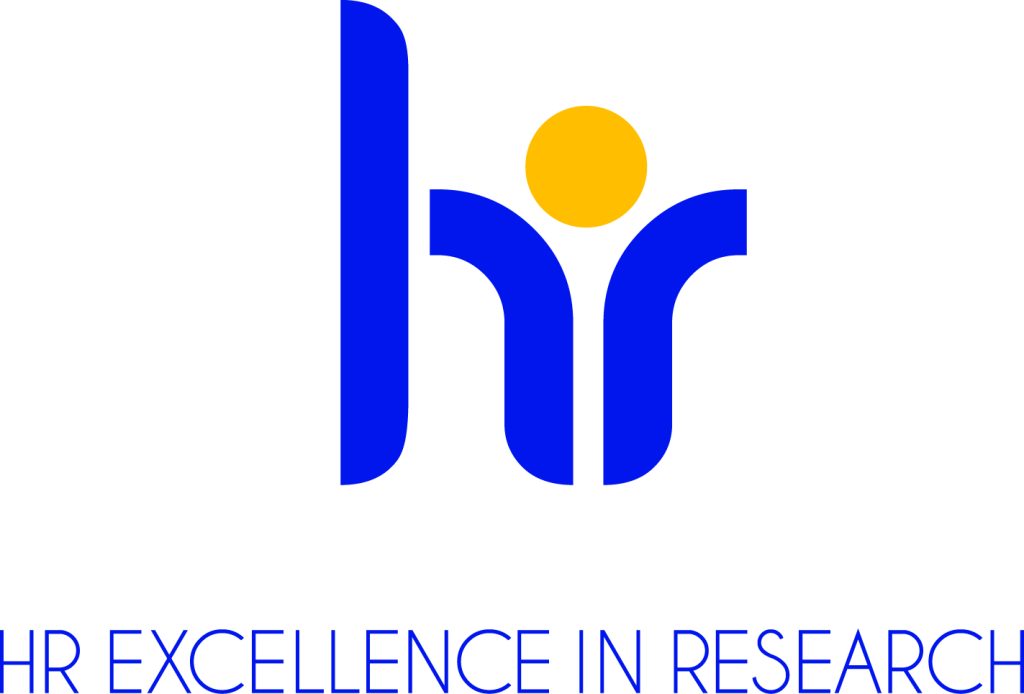We study cellular mechanisms that can protect the heart from various pathologies. Particularly, we focus on the effect of adaptation to chronic hypoxia (CH) which is known to protect the heart against acute myocardial infarction. Its beneficial phenotype depends on the presence of hypoxia-inducible factor-1α (HIF-1α), a master regulator of cellular adaptation to hypoxia. We have discovered that HIF-1α alters mitochondrial function and activates mitophagy, a process when damaged mitochondria are degraded to keep the cardiomyocyte healthy. Mitochondrial dysfunction is a key driver of cell death and thus, HIF-1α-dependent mitophagy is essential for protecting the heart from ischemic injury. Recently, our research has been shifting toward heart failure (HF) following acute myocardial infarction, which remains poorly managed, with current therapies failing to prevent its progression. This new direction proposes to investigate the interplay between HIF-1α and mitochondria in the failing heart. This interdisciplinary study integrates molecular biology, advanced imaging, and cardiac physiology to offer a comprehensive understanding of the cardioprotective potential of HIF-1α.









